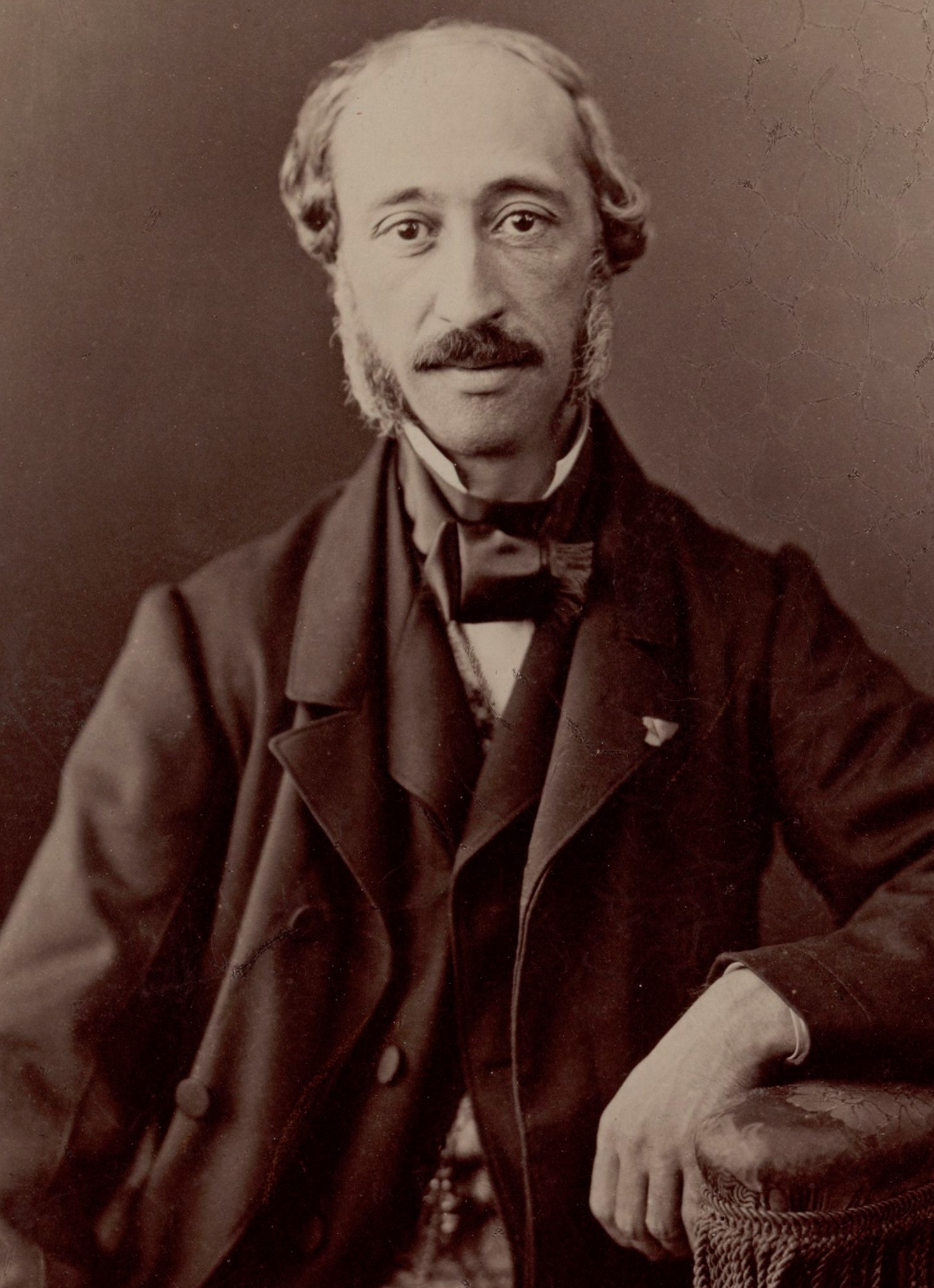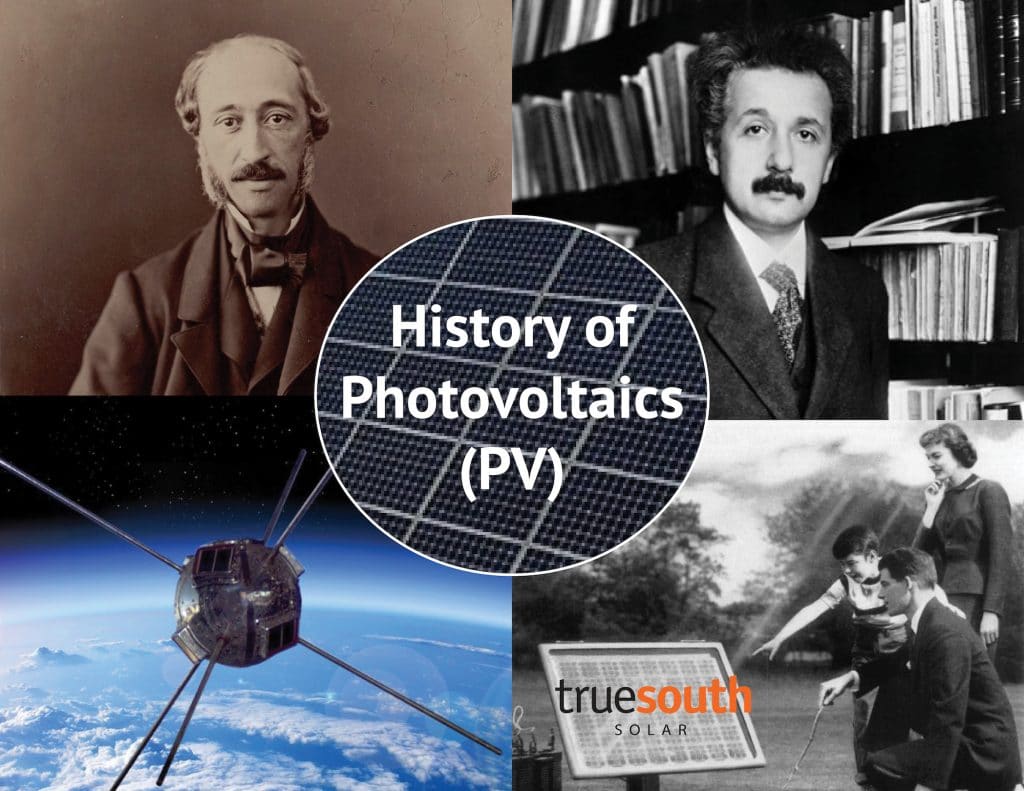Here is a short history of the technology which enables us to harness the power of the sun for energy.
The photovoltaic effect – converting sunlight into electricity- is a phenomenon that was discovered many years ago, and has many applications over its history. Photovoltaic: relating to the production of electric current at the junction of two substances exposed to light.
The photoelectric effect was first observed in 1839 by the french physicist Alexandre Edmond Becquerel. Through experiments with electrolytic cells, he established that the electricity flowing between two platinum electrodes is slightly stronger in daylight than in the dark. In 1876, the English physicist William Grylls Adams and his student Richard Evans Day discovered that selenium produces electrical energy when light strikes it.
“I’d put my money on solar energy, I hope we don’t have to wait until oil and coal run out before we tackle that.” – Thomas Edison
 Alexandre Edmond Becquerel
Alexandre Edmond Becquerel
1839 – A French Physicist Alexandre Edmond Becquerel presented a paper on ‘wet cell’ battery. In his experiment, he showed that when silver plates in cell are exposed to light, it increases battery voltage.
1877 – Two Cambridge scientists, William Grylls Adams and his student Richard Evans Day submitted a paper titled The Action of Light on Selenium in front of the Royal Society. They observed variations in electrical properties of Selenium (non-metallic element) material when exposed to sunlight.
1883 – An electrician in New York, Charles Edgar Fritts, built a Selenium solar cell. Less than 1% of solar energy was being converted to electricity. Despite of this fact, the cell was responding to visible light spectrum which was big achievement that time.
1888 – Edward Weston, who founded Weston Electric Light Co. of Newark, N.J. secured a patent for a solar cell.
1905 – The photovoltaic effect started to attract scientific attention when Albert Einstein wrote his 1905 paper on the photoelectric effect: “On a Heuristic Viewpoint Concerning the Production and Transformation of Light”.
 Albert Einstein
Albert Einstein
1921 – Albert Einstein receives the Nobel Prize for Physics for the photoelectric effect.
1950 – A team of scientists namely Darryl Chapin, Calvin Fuller and Gerald Pearson from Bell Labs, New Jersey, United States constructed a cell from semiconductor devices such as Silicon.
1954 – Bell Labs invented first usable solar cell. It contained doped silicon slices which increased its efficiency up to 6%.
1955 – Western Electric licensed commercial solar cell having 2% efficiency
1958 – First PV cell in space. Solar Cells were used on the US space satellite, Vanguard 1
1960 – Hoffman Electronics created a 14% efficient solar cell.
1962 – The Telstar communications satellite is powered by solar cells.
 Vanguard 1
Vanguard 1
1977 – The total worldwide production of electrical energy through photovoltaic cells exceeded 500 kW. U.S DOE launches Research Institute now NREL.
1978 – Casio introduced the first solar-powered calculator series.
1982 — First Megawatt capacity solar plant goes online in Hisperia, CA.
1999 – The worldwide production of electrical energy through photovoltaic cells exceeded 1 GW (gigawatt).
2000 – First Solar Starts Production.
2004 – EEG Passes in Germany, The Renewable Energy Sources Act or EEG German: (Erneuerbare-Energien-Gesetz) is a series of German laws that originally provided a Feed In Tariff (FIT) scheme to encourage the generation of renewable electricity.
2010 – True South Solar is founded in Ashland, Oregon by Eric Hansen and Shawn Schreiner. Global installed capacity reaches 40 GW (gigawatts).
2016 – US exceeds 1 million installations.
2019 – US exceeds 2 million installations.

